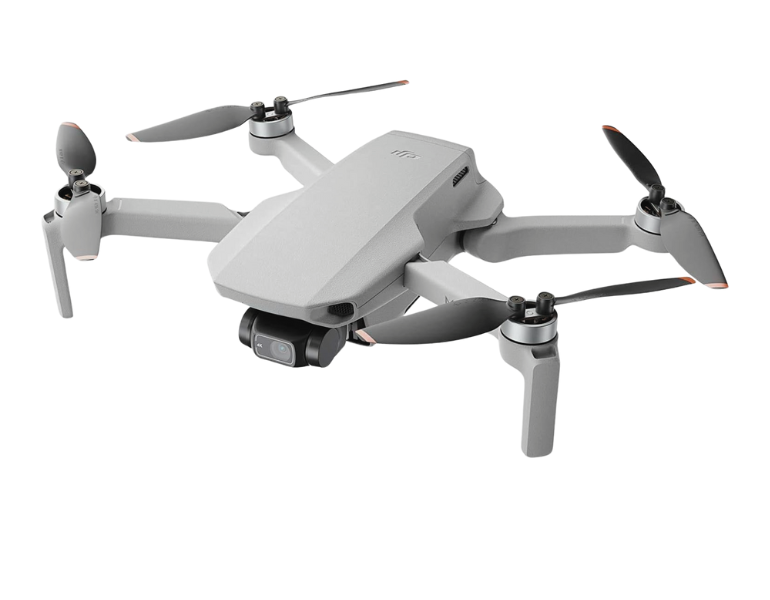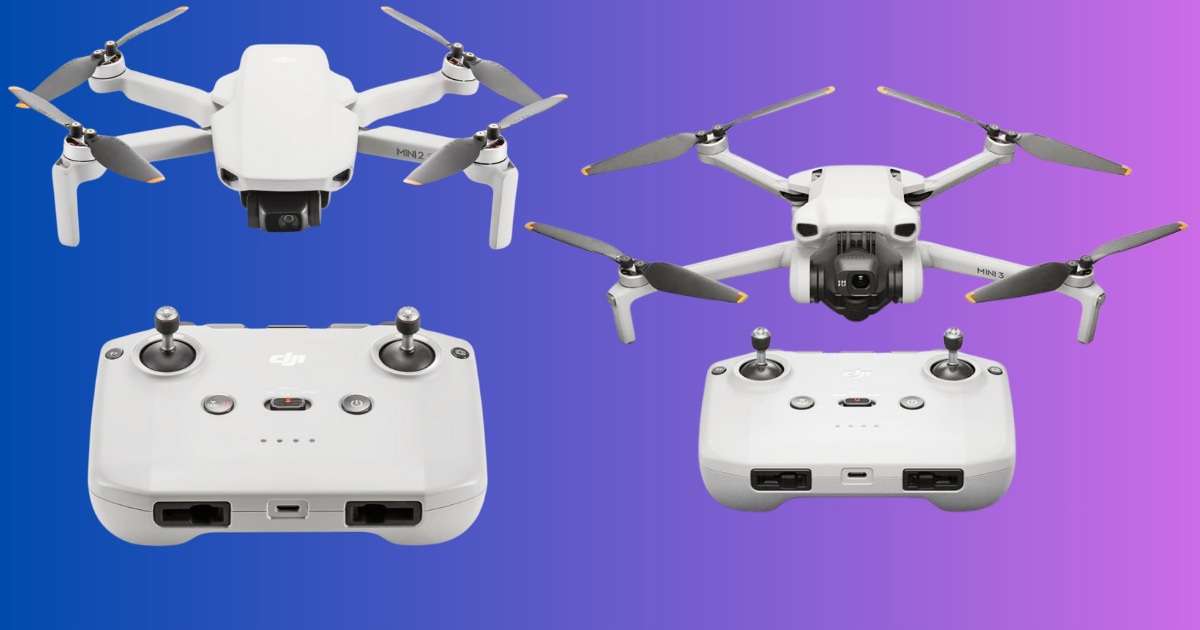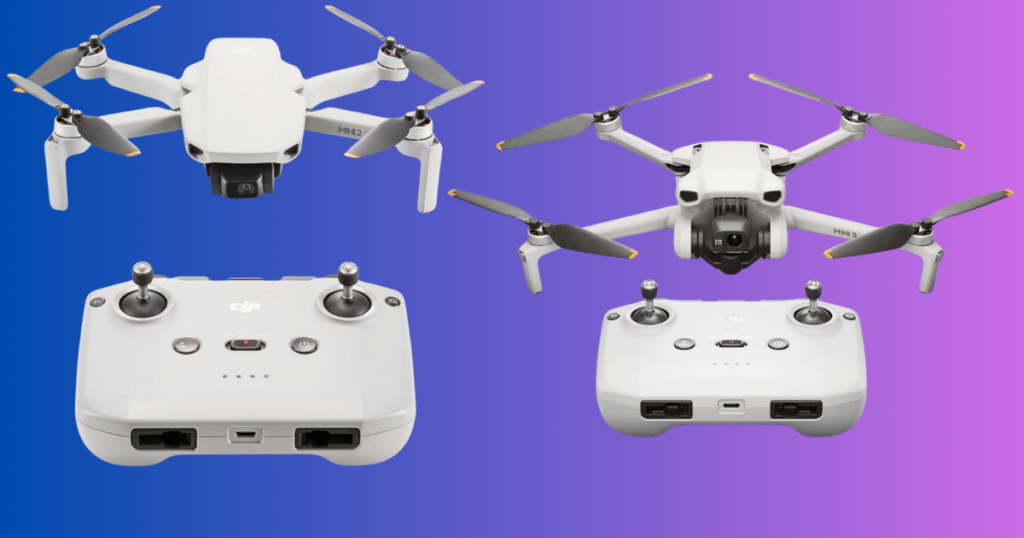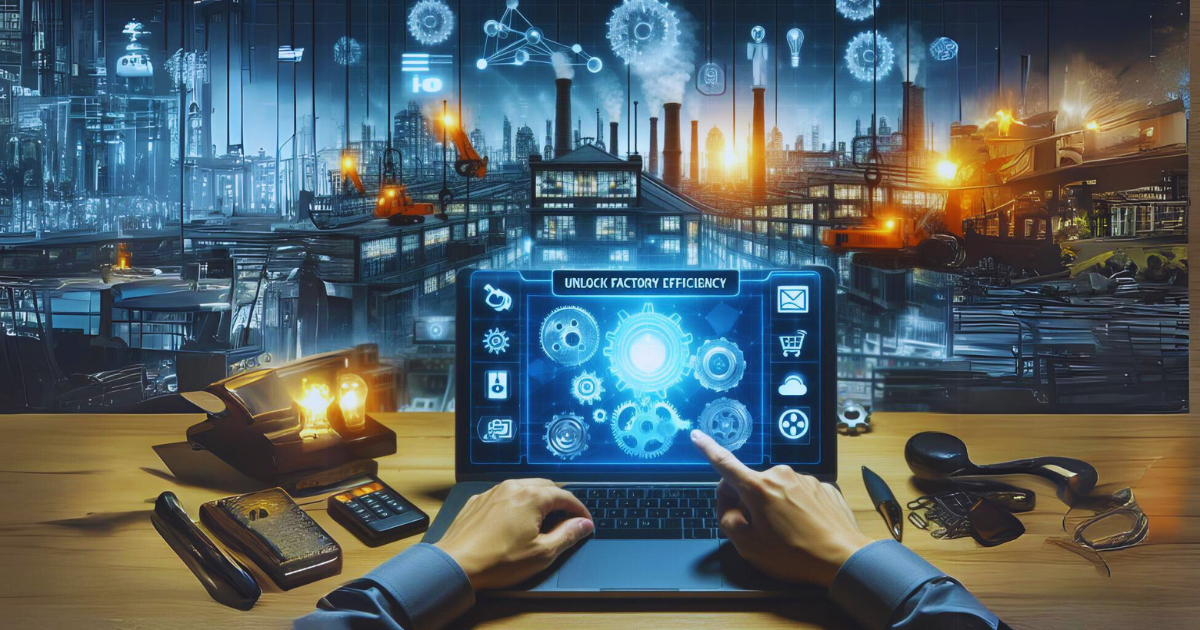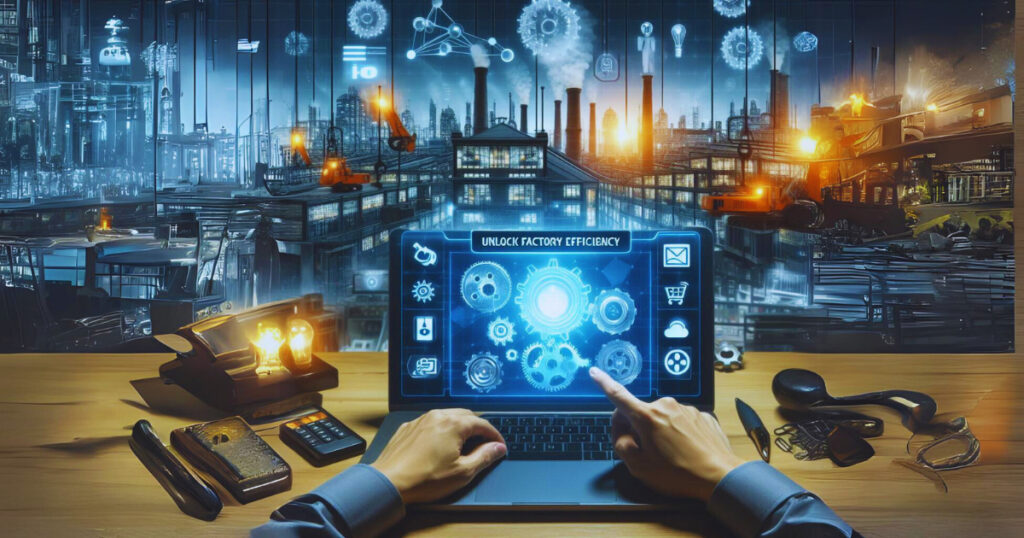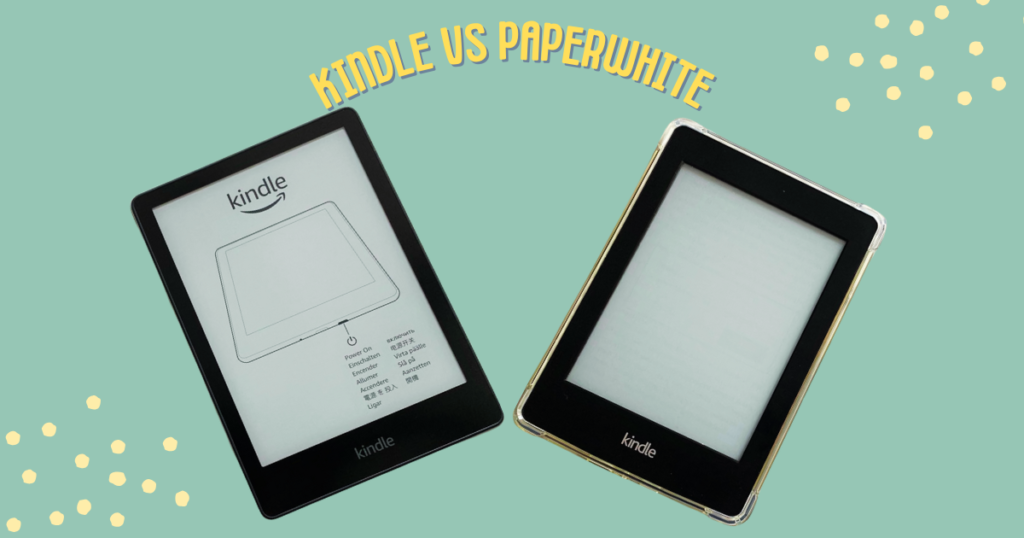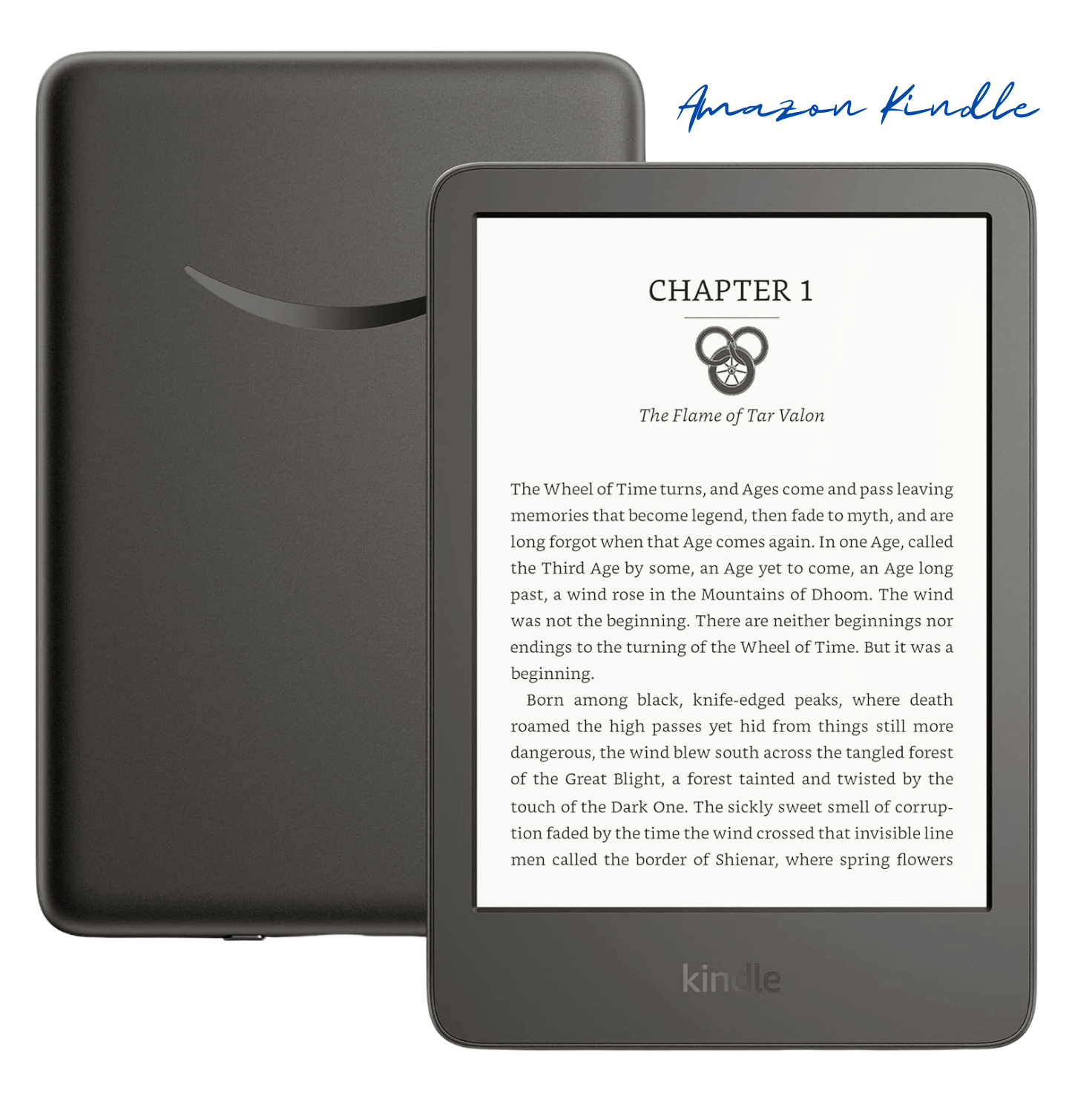Are you looking for an affordable yet reliable smartphone? Look no further than the Motorola Moto G Play 2023. Packed with features usually only seen in more expensive versions, this inexpensive phone is incredibly valuable. This budget-friendly phone is a steal for the price.

The Moto G Play 2023 offers impressive 3-day battery life, an unlocked design compatible with all US carriers, 3GB of RAM and 32GB of storage, and a 16MP camera, all in a sleek navy blue color. This budget-friendly smartphone provides reliable performance and features that punch above its price tag.
This review will explore why the Moto G Play 2023 is a bang for your buck, from its impressive battery life to its expandable storage capabilities.
First Impressions and Build Quality
As I unboxed the Motorola Moto G Play 2023, my expectations were immediately exceeded. The navy blue finish exuded a level of sophistication and modernity I hadn’t anticipated in a budget-friendly device. Holding the phone in my hands, I first noticed its robustness. The design didn’t just look good; it felt durable, ready to withstand the often inevitable day-to-day bumps and scratches.

The device’s physical build struck a nice balance between looking sleek and feeling substantial. Despite its affordability, nothing about its exterior screamed “budget phone.” The materials conveyed a sense of quality that’s only sometimes present in this price segment. It was reassuring to see the attention to detail in the phone’s construction, from the positioning of the buttons to the smoothness of the back panel, which also houses a fingerprint reader for added security.
Furthermore, the water-repellent design hinted at the thoughtfulness behind the Moto G Play 2023’s engineering. Knowing that the phone could survive accidental spills or light rain was comforting, underscoring Motorola’s commitment to delivering practical durability.
The device’s size and weight felt just right in the hand, striking a good balance between screen size and portability. It was neither too bulky to carry around comfortably nor too slight to strain the eyes while watching videos or playing games.
This initial interaction with the Moto G Play 2023 laid a solid foundation for the user experience. The phone promised not just to be a tool for communication but a resilient companion for everyday adventures. Its build quality and design aesthetics set a high bar for what users can expect from budget-friendly smartphones, making it clear that Motorola did not cut corners in creating a device that feels premium despite its price tag.
Battery Life of Motorola Moto G Play
The Motorola Moto G Play 2023 boasts a battery capacity that is nothing short of remarkable for its price point. Its 3-day battery life is a feature that sets it apart from many competitors within the budget smartphone market.
This budget phone boasts a massive 5000mAh battery, promising extended use on a single charge. But does it live up to the hype?
Moto G Play 2023 Battery Claims:
Motorola claims the Moto G Play 2023 can deliver up to three days of battery life. This translates to:
- Light users: Three days of use could be achievable for those who use their phone for basic tasks like texting, calling, and occasional browsing.
- Moderate users: With moderate use like social media, music streaming, and some web browsing, you can expect the phone to last a full day or close to it.
- Heavy users: Gamers and avid content creators might need to reach for the charger before the end of the day, but the phone should still hold its own for a significant amount of time.
Real-World Battery Performance:
Reviews suggest that the Moto G Play 2023 delivers on its promise of long battery life. Users report achieving two days of use with moderate usage, which is impressive for a budget phone. The phone’s power-efficient processor and optimized software further contribute to its impressive battery performance.
Tips to Maximize Battery Life:
- Adjust screen brightness: Lowering the screen brightness is one of the most effective ways to conserve battery life.
- Turn off Bluetooth and Wi-Fi when not in use.
- Close unused apps: Background apps can drain the battery.
- Utilize battery saver mode: This mode reduces performance but extends battery life.
The Moto G Play 2023 lives up to its reputation for long battery life. With a 5000mAh battery and optimized software, this phone is a great option for users who prioritize extended use on a single charge. Whether you’re a light user or a moderate user, the Moto G Play 2023 has the battery power to keep you connected throughout your day.
Throughout my use, the phone consistently delivered on this promise, eliminating the common worry of daily charging. This endurance is particularly beneficial for those who lead active lifestyles or require a dependable device during long workdays or travel. The extended battery life ensures the phone remains functional from morning to night, even with moderate to heavy use.
Performance and Speed
When it comes to budget phones, speed and performance are often a worry. But the Moto G Play 2023 is a surprising exception!
Sure, it might not have the strongest processor or the most RAM compared to super expensive phones. But for everyday tasks, it works great! Opening apps, checking emails, and browsing the web all happen smoothly, thanks to Motorola’s clever software that gets the most out of the phone.
Gaming and multitasking are a bit trickier. Simple games run perfectly, but demanding apps might slow things down a bit. The Moto G Play 2023 knows its limits and handles them well. You won’t get the fastest performance, but it still delivers a good experience.
The bottom line? This phone proves that smooth performance doesn’t have to cost a fortune. Apps open quickly, and everything runs consistently, which is all most people need. So, if you’re looking for a reliable phone that won’t break the bank, the Moto G Play 2023 is a great option!
Display and Camera
The Moto G Play 2023 display is one of its more appealing aspects, featuring a sizable 6.5″ HD+ display with a resolution of 1600 x 720 pixels and 269 ppi. This vibrant and clear IPS TFT LCD screen enriches the visual experience, whether you’re scrolling through social media, binge-watching your favorite series, or immersing yourself in mobile gaming.
Text is sharp and images are displayed with reasonable clarity, making it a pleasure to use for daily tasks and entertainment.
Camera Breakdown:
- Optical sensor resolution: 13 megapixels
- Maximum display resolution: HD+ (1600×720) | 269ppi
- Display Type: IPS TFT LCD
- Form factor: Smartphone
- Other camera description: 13MP + 2MP triple camera, 5MP selfie camera
While the display holds its own, the versatile triple-lens camera system could be better compared to more sophisticated offerings in pricier phones. In optimal lighting conditions, it manages to capture decent shots, but the images often lack detail and dynamic range that photography enthusiasts might seek.
Low-light performance is noticeably limited, with photos sometimes appearing grainy and lacking definition. The camera experience is inconsistent, so depending on the setting and subject matter, it can be either good or bad.
Despite these limitations, the camera app has several features and modes that attempt to elevate the photography experience. You can experiment with various modes like portrait mode and panoramic shots, to enhance your photos.
However, users looking for a phone primarily focused on advanced photography might find the Moto G Play 2023’s camera capabilities underwhelming. For everyday snapshots and social media posts, though, it serves its purpose and complements the overall value proposition of the device, balancing its performance with its affordable price point.
Unique Features and Expandability
The Moto G Play 2023 isn’t just another budget phone; it packs some punches that users on a budget will love. Here’s what makes it stand out:
Say goodbye to storage worries: Tired of deleting apps to make space for photos? The Moto G Play 2023 lets you expand storage up to a massive 512GB with a microSD card. No more choosing between your favorite games and those cute cat videos!
Built to last: Spills happen, but that doesn’t mean your phone should suffer. The Moto G Play 2023’s water-repellent design protects it from light rain and accidental splashes, giving you peace of mind.
Unlocking made easy: Forget complex passwords or remembering patterns. The fingerprint reader on the back lets you unlock your phone quickly and securely with just a touch.
A phone that adapts to you: Whether you’re a photo enthusiast, a casual gamer, or someone who juggles work and play, the Moto G Play 2023 keeps up. With expandable storage and a durable design, it’s a versatile tool that can handle your daily needs.
Bonus! Motorola prioritizes value with the Moto G Play 2023. You won’t have to sacrifice functionality or future-proofing for an affordable price. This phone is built to last and grow with your needs.
Read: Boost Mobile Prepaid Plans: A Comprehensive Guide in 2024
Navigating the Shortcomings
Every product has limitations, and the Motorola Moto G Play 2023 is no exception. Potential users should consider these drawbacks to make an informed decision. The device is equipped with a processor and RAM that, while sufficient for basic tasks and moderate use, may need to catch up with the demands of more intensive applications or heavy multitasking. Users who enjoy high-end gaming or rely on their phones for resource-heavy work may find the performance lacking.
Despite being a triple setup, the camera system does not consistently deliver the high-quality photos one might expect. In well-lit environments, it performs adequately, but in low-light conditions, the results can be disappointing, with noticeable noise and a lack of detail. This may deter users for whom photography is a priority, though it remains passable for everyday shots and casual use.
Another aspect to consider is the charging speed. In an era where quick charging has become more common, the Moto G Play 2023 needs to catch up with its slower charging capabilities. This could concern users who are often on the move and need a quick power boost to get through the day.
While these aspects may be seen as drawbacks, they are worth considering against the phone’s budget-friendly price point. The Moto G Play 2023 is not positioned as a high-end device, and its limitations reflect its affordability. Prospective buyers should evaluate their needs and usage patterns to determine if the phone’s advantages outweigh these considerations. These shortcomings may be manageable for those seeking a reliable, everyday device that excels in battery life and offers a solid range of features.
Is the Moto G Play 2023 Worth It?
After spending significant time with the Motorola Moto G Play 2023, it’s evident that this smartphone is a standout in the budget category. It masterfully balances affordability with a suite of features that cater well to the average user’s needs. The device’s impressive battery life alone is a game-changer, allowing you to go about your day without constant anxiety over the next charge. Coupled with a large, vivid HD+ display, it ensures a satisfying viewing and user experience, whether for casual browsing, media consumption, or gaming.
The expandable storage is a thoughtful addition, allowing users to easily increase their phone’s capacity as needed. This, along with the water-repellent design and the convenience of a fingerprint reader, underscores Motorola’s commitment to creating a device that’s affordable, practical, and adaptable to various lifestyles. Being unlocked for all carriers adds another layer of versatility, making it an excellent choice for a wide audience.
However, it’s not without its compromises. The lower-end processor and RAM setup, along with the camera’s average performance and slower charging, indicate its budget-friendly nature. Potential buyers must weigh these considerations against their personal needs and expectations from a smartphone.
For those who prioritize a solid, reliable phone that excels in battery life and day-to-day functionality over high-end specs or professional-grade photography, the Moto G Play 2023 stands out as a compelling choice. Offering a well-rounded package that defies its price tag, it earns a well-deserved rating of 4 out of 5 stars.
In the landscape of budget smartphones, finding one that provides this level of value is a rarity, making the Moto G Play 2023 a device that’s not only worth considering but also highly recommended for the budget-conscious user.





















